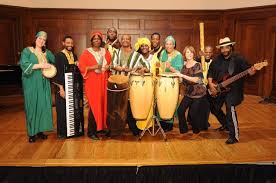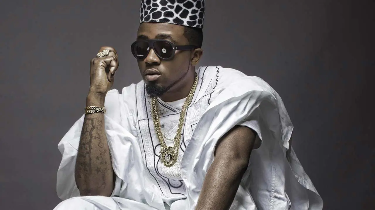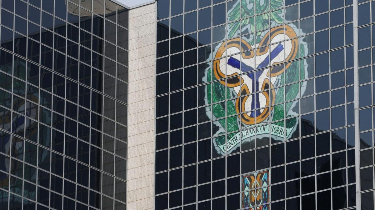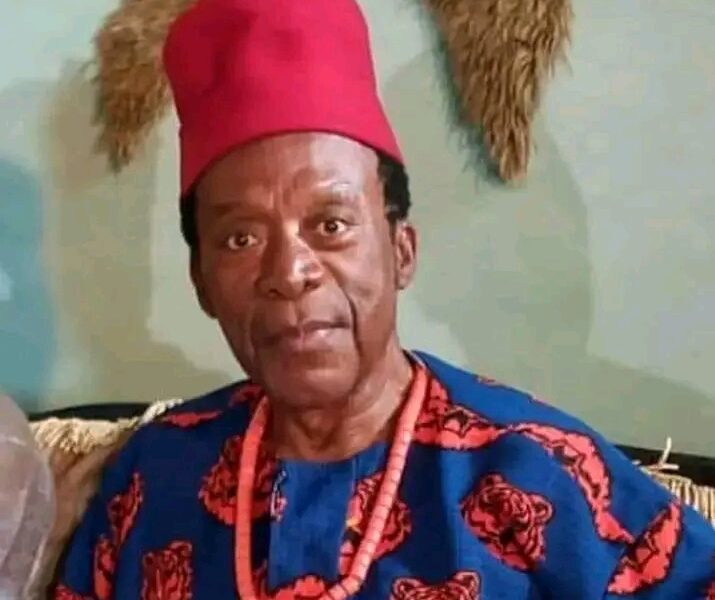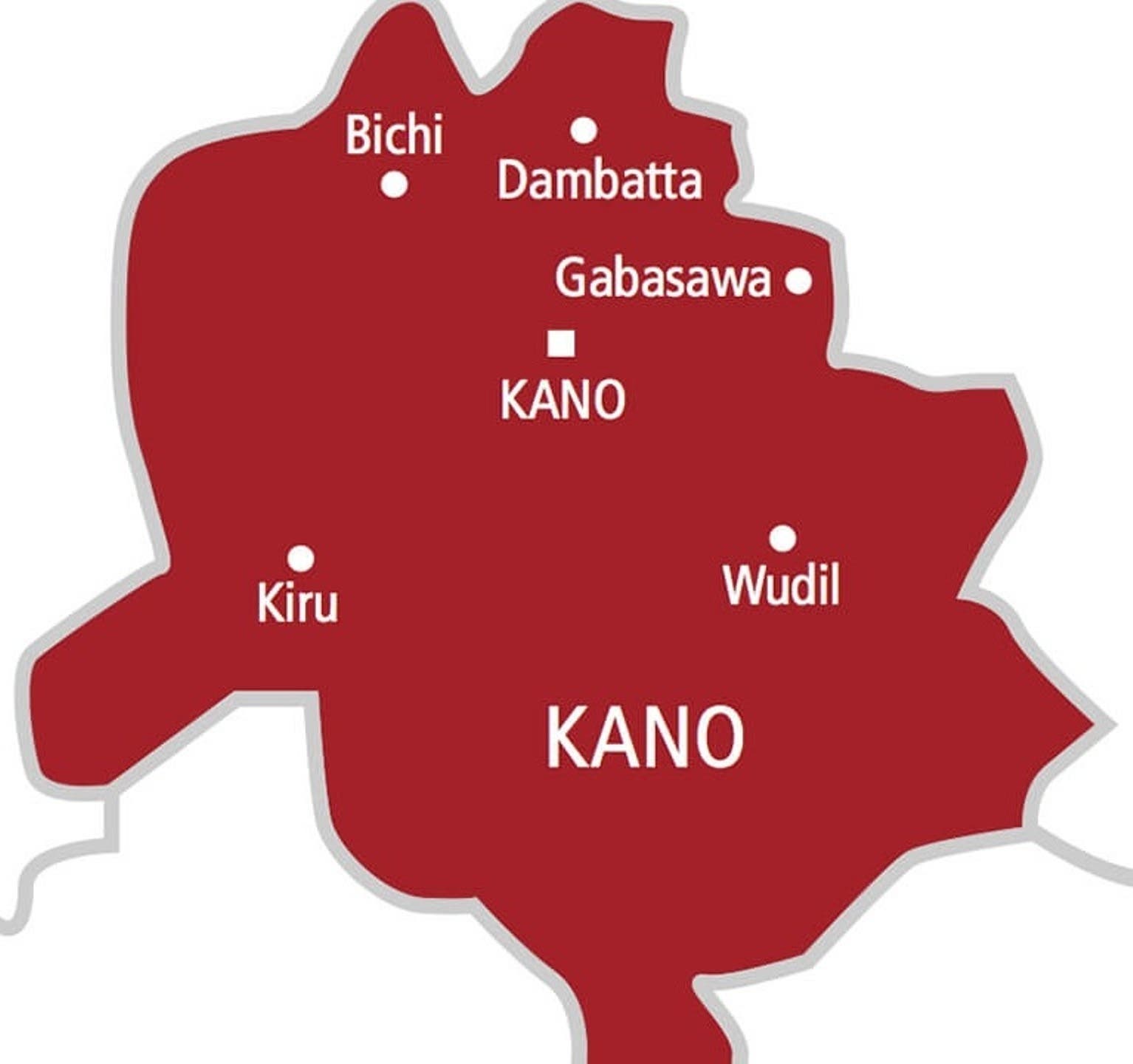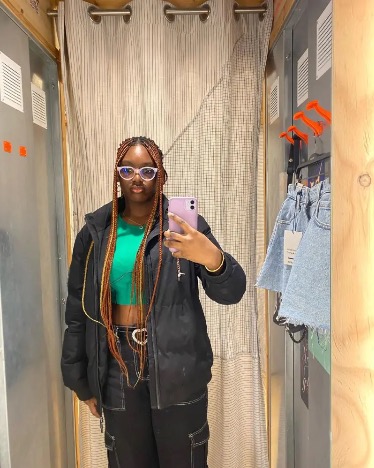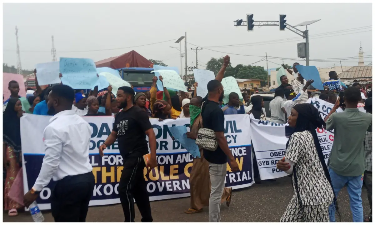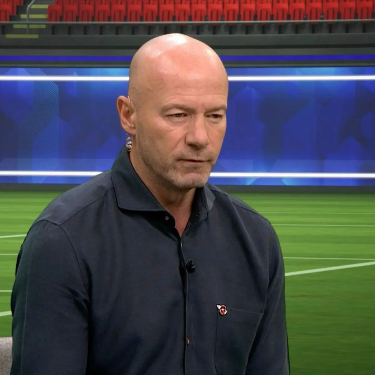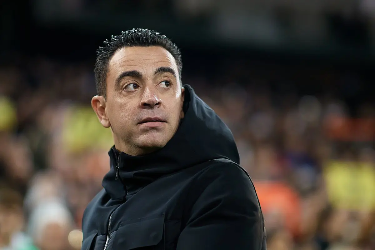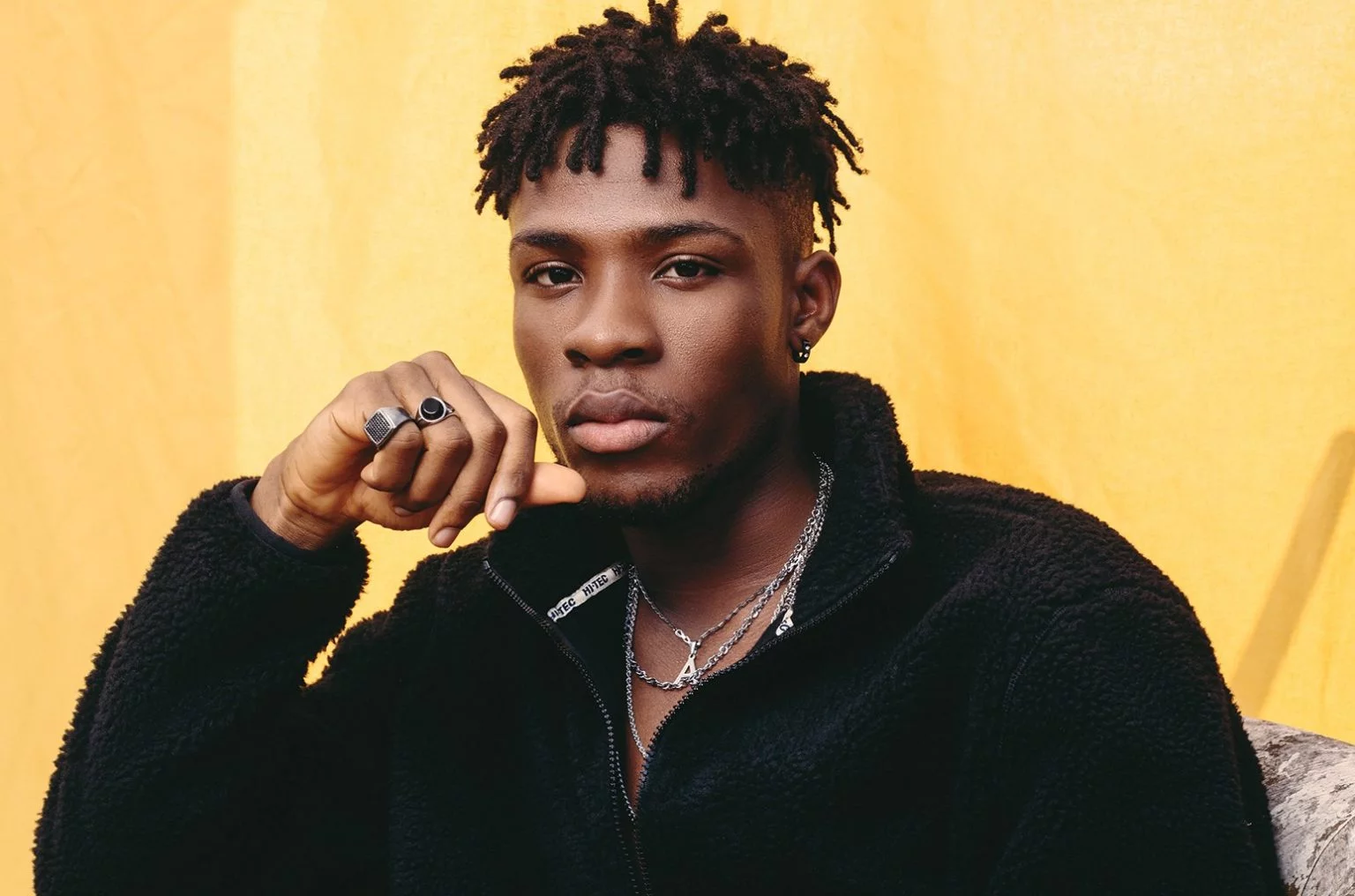A short overview of popular African music
In the 1980s, the West rediscovered the folk music of Africa. Afro-rock began with western-based commercial groups, such as Osibisa.
Cross-pollination actually occurred in both ways: western popular music imported elements of African music, while African music copied elements (especially studio techniques) of western music.
In the 1980s, the styles and genres of the different African countries, such as “mbaqanga” in South Africa, “jit” in Zimbabwe, “soukous” in Zaire, “jujuju” in Nigeria, and “high life” in Ghana, had a chance to grow and proliferate around the world.
Congo
In the 1950s, when they encountered rapid urbanization and a relatively thriving economy, the two French-speaking Congolese colonies (capitals in Brazzaville and Kinshasa) witnessed the creation of an African version of Cuban rumba performed by small American-style orchestras (called “kasongo,” “kirikiri” or “soukous”) with such a touch of jazz and local attitudes: Joseph “Grand Kalle” Kaba. Every orchestra became popular for one or more “dances” we invented.
Thus soukous (as Ley dubbed it in 1966) is actually a dance classic story, rather than a monolithic genre (Ley ‘s meaning originally applied only to the frenzied version of rumba). Guitarist Jimmy Elenga presented “animation”: orders cried out to the audience to direct their dances. Animation gradually became part of the dance, providing both the identity of the dance, the (ethnic) identification of the band, and the (almost subtle) socio-political message. As leaders took power in both Congos, musicians emigrated to other African nations, to Europe and the USA, thereby spreading souks around the world, while in Zaire (Congo Kinshasa) soukous bands were used for maoist-style propaganda purposes (“l’animation politique”).
The main figure was “Franco” (Francois Luambo Makiadi), a guitarist who, in 1958, turned the O.K.Jazz into a 20-member T.P.O.K.Jazz (including saxohpnist ‘Verkys’ Kiamanguana Mateta) and was mainly responsible for the relaxed, sensual, languid version of the souk that became predominant until the arrival of guitarist Mose Fan Fan Fan in 1967 led to a more energetic tone. His partnership with Tabu Ley, Omana Wapi (1976), included just four long dances. The second star of the TP OK Jazz band, hired by Franco in 1984, was singer and musician Jean “Madilu Method” Bialu.
Tabu Pascal (aka Tabu Ley Rochereau) created African Fiesta in 1963 (initially with Dr. Nico, who co-wrote the famous Afrika Mokili Mobimba) and dubbed it Afrisa in 1970, with vocalist Sam Mangwana (and later the heavenly soprano M’bilia Bel) and guitarist Huit-Kilos Bimwela Nseka. From the start, Ley played Latin rhythms on rock drums, mixing (at least ideally) rumba and rock.
His Fiesta also transformed the souk concert into such an experience that was reminiscent of the glamorous performances of the Parisian cabarets.
The biological group of the 1970s has enclosed orchestras of Papa Wemba (Jules Shungo Wembadio Pene Kikumba), whose 1969 Zaiko Langa Langa featured electric guitars rather than brass instruments, and whose 1977 Viva La Musica (a name influenced by Puerto Rican star Ray Barreto but equally motivated by Otis Redding’s sweet soul) is better explained by Mere Superieure (1977), Ana Lengo (198080).
The Congolese keyboardist and musicologist Ray Lema Ansi Nzinga traveled to France, where he accomplished the Kinshasa-Washington DC-Paris fusion of rumba, punk, funk and reggae (1983). Instead, his adult phase was dedicated to the fusion of African rhythm and western classical harmony, particularly on introspective piano music albums such as Tout Partout (1994).
Mostly on contrary, Brazzaville’s singer-songwriter Pamelo Mounka, an alumnus of Tabu Ley’s Afrisa, remained faithful to the modern Congo sound of L’Argent Appelle l’Argent (1981).
Albums by westernized Congolese singers in the 1980s contained Kanda Bongo’s Amour Fou (1984) and Souzy Kasseya ‘s Le Retour de l’As (1984).
Continuing to grow in Europe, fluent in the musical traditions of the Middle East and African-Americans, the Congolese vocalist Marie Daulne formed Zap Mama (1), an all-female acappella band, to sing songs influenced by world music, including such Adventures in Afropea I (1993).
The Congolese keyboardist and musicologist Ray Lema Ansi Nzinga migrated to France, where he accomplished the Kinshasa-Washington DC-Paris fusion of rumba, punk, funk and reggae (1983). Instead, his adult phase was dedicated to the fusion of African rhythm and western classical harmony, particularly on introspective piano music albums such as Tout Partout (1994).
Mostly on contrary, Brazzaville’s singer-songwriter Pamelo Mounka, an alumnus of Tabu Ley’s Afrisa, remained faithful to the modern Congo sound of L’Argent Appelle l’Argent (1981).
Albums by westernized Congolese singers in the 1980s contained Kanda Bongo’s Amour Fou (1984) and Souzy Kasseya ‘s Le Retour de l’As (1984).
The Congolese keyboardist and musicologist Ray Lema Ansi Nzinga migrated to France, where he accomplished the Kinshasa-Washington DC-Paris fusion of rumba, punk, funk and reggae (1983). Instead, his adult phase was dedicated to the fusion of African rhythm and western classical harmony, particularly on introspective piano music albums such as Tout Partout (1994).
Mostly on contrary, Brazzaville’s singer-songwriter Pamelo Mounka, an alumnus of Tabu Ley’s Afrisa, remained faithful to the modern Congo sound of L’Argent Appelle l’Argent (1981).
Albums by westernized Congolese singers in the 1980s contained Kanda Bongo’s Amour Fou (1984) and Souzy Kasseya ‘s Le Retour de l’As (1984).
Rising in Europe, fluent in the musical traditions of the Middle East and African-Americans, the Congolese vocalist Marie Daulne formed Zap Mama (1), an all-female acappella band, to sing songs influenced by world music, including such Adventures in Afropea I (1993).
Ghana
Ghana, the initial African nation to achieve independence from a European colonizer (in 1957) and the economic miracle of Africa at the end of the century, was the birthplace of high-life music. Originally the name assigned to the music of the white social elite by the blacks, it developed from the synthesis of rural “palm-wine” music for guitar, percussion and concertina, church music, Latin ballroom music, military music and African tribal music. Black bands that used to play at white people’s parties often began to play for black people, and their music became more and more Africanized. The guitar-based fusion was mature in the 1930s, when Jacob Sam (his 1928 Yaa Amponsah) performed for the masses, strongly inspired by Cuban orchestras. In the 1950s, particularly after independence, high-profile bandleaders Emmanuel Tettah Mensah (leader since 1948 of the twelve-piece Tempos orchestra, the charismatic archetype of the high-profile dance band), King Bruce, Jerry Hansen, Stan Plange, E.K. Nyame, director of the most famous guitar band, drummer Guy Warren, Nigerian trumpeter Victor Olaiya, Nigerian guitarist Bobby Benson, were inspired by American swing bands. Tempos exported high life to Nigeria in 1951, and Nigeria soon became a competitor to Ghana for high life superiority.
Throughout the 1960s, American soul and rock music prevailed, and in 1971 the “Soul to Soul” festival helped to bridge the worlds of American black traditional music and the high life, giving the dominance back to guitar-based bands: Nana Kwame Ampadu’s African Brothers International Band, who produced Ebi Tie Ye (1967), Okukuseku, Noble Kings, Ashanti Brothers, Nana Ampadu, City Boys, Hi-Life International. The most prominent highlife bands in Nigeria included: Rex Lawson’s Mayors Dance Band, Celestine Ukwu’s Philosophers Global, Osita Osadere’s Soundmakers International, Oriental Brothers International Band, Orlando Owoh’s Omimah Band, Oliver Akanite de Coque’s Expo ’76 Ogene Super Sounds.
The afro-rock fad began with a team from Ghana based in London, Osibisa, founded by Teddy Osei, who won gold with Gong Gong Gong (1970) and sunbeam Day (1976). Highlife was soon corrupted by punk, reggae, and hip-hop. Notable albums from the 1970s included Party Time With CeeKay (1973) by Charles Kofi Mann and The Kusum Beat (1976) by Alfred Benjamin Crentsil’s Sweet Talks. Nico Mbarga’s Sweet Mother (1976) was a turning point in Nigeria in the fusion of high life and makossa.
In the time 1980s, Ghanian plays George Darko and the member Lumba Brothers (Charles “Daddy Lumba” Fosu and Nana “Lover Guy” Acheampong) who had migrated to Germany launched a short local fad named “burgher highlife.”
The Ghanaian percussionist Kwaku Kwaakye Obeng (1) presented the imposing intricate and hypnotic polyrhythmic maelstroms of Awakening (1998).
continue progressing……………………………………………………………………………………………….
Do you find Six9ja useful? Click here to give us five stars rating!
